The Innovation We've Been Waiting For: A Battery to Replace Gas Engines. The Future is Here.
Solid-state battery technology is evolving fast — and Chinese scientists are leading the charge.
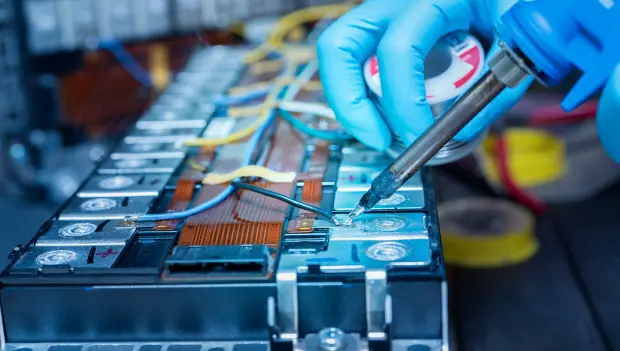
A research team led by the Institute of Physics at the Chinese Academy of Sciences has developed a breakthrough technology that could dramatically enhance the performance of solid-state batteries, enabling electric vehicles to travel up to 620 miles (1,000 km) on a single charge.
Today, most EVs can cover around 310 miles (500 km) per charge, while gasoline-powered cars typically travel 370–500 miles (600–800 km) on a full tank, according to China Academy Media.
The Chinese researchers created a “special adhesive” that automatically migrates to the interface between the electrode and the electrolyte during battery operation. This adhesive attracts lithium ions to microscopic gaps and pores, effectively sealing them.
They also developed a polymer-based electrolyte casing that makes the battery as flexible and resilient as plastic film. It can withstand more than 20,000 cycles of bending or twisting without damage — a key advantage for use in real-world conditions.
Inside this flexible casing, the scientists embedded tiny “chemical modules” — some accelerate the movement of lithium ions, while others capture excess ions. The result: an 86% increase in energy storage capacity.
In solid-state batteries, lithium ions move between electrodes through a solid electrolyte, transmitting energy. Sulfide-based solid electrolytes are typically hard and brittle, while lithium-metal electrodes are soft, reducing charging and discharging efficiency.
This new technology creates a strong, seamless bond between the electrode and electrolyte, solving one of the biggest challenges of solid-state battery design. Thanks to the adhesive, these batteries can now operate much more efficiently and reliably.
In practical terms, the new battery could allow drivers to travel from Shenzhen to Changshu, Paris to Milan, or Los Angeles to San Francisco and back — without stopping to recharge.
According to the research team, this breakthrough could eliminate range anxiety once and for all — and potentially mark the beginning of the end for gasoline-powered vehicles.
You may also be interested in the news:
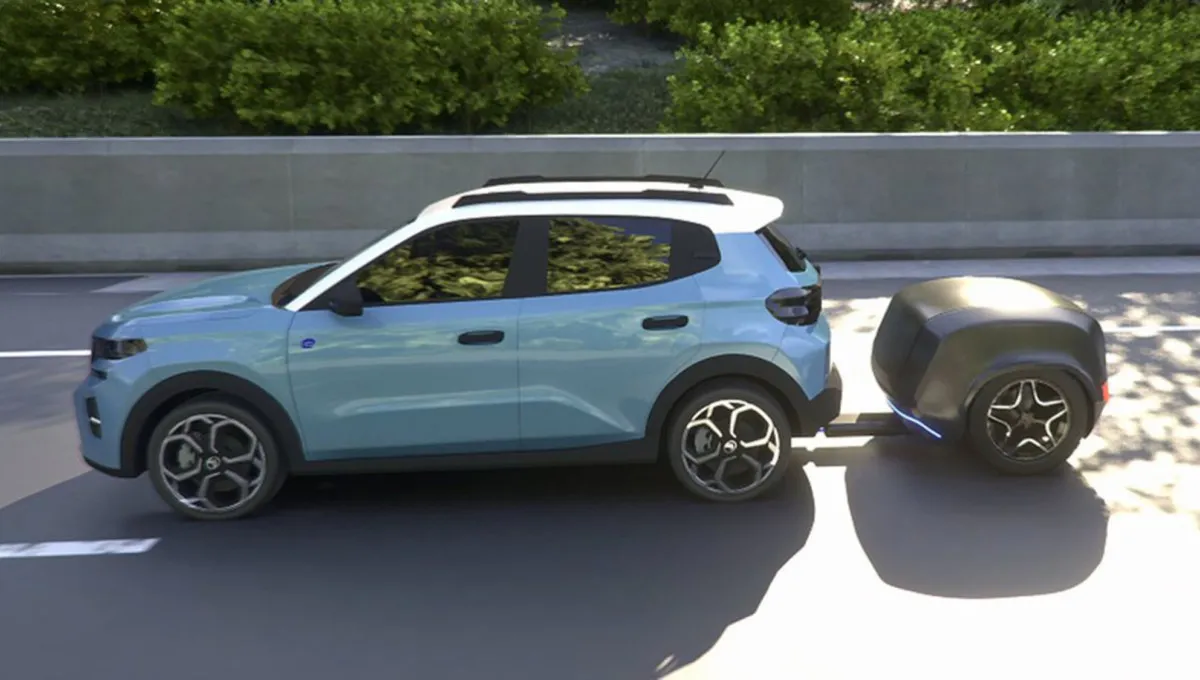
Two Minutes for an Extra 185 Miles. How’s That for a Power Bank on Wheels?
When your phone dies and there’s no outlet around, you plug in a power bank and keep going. So why not create something similar for electric cars?
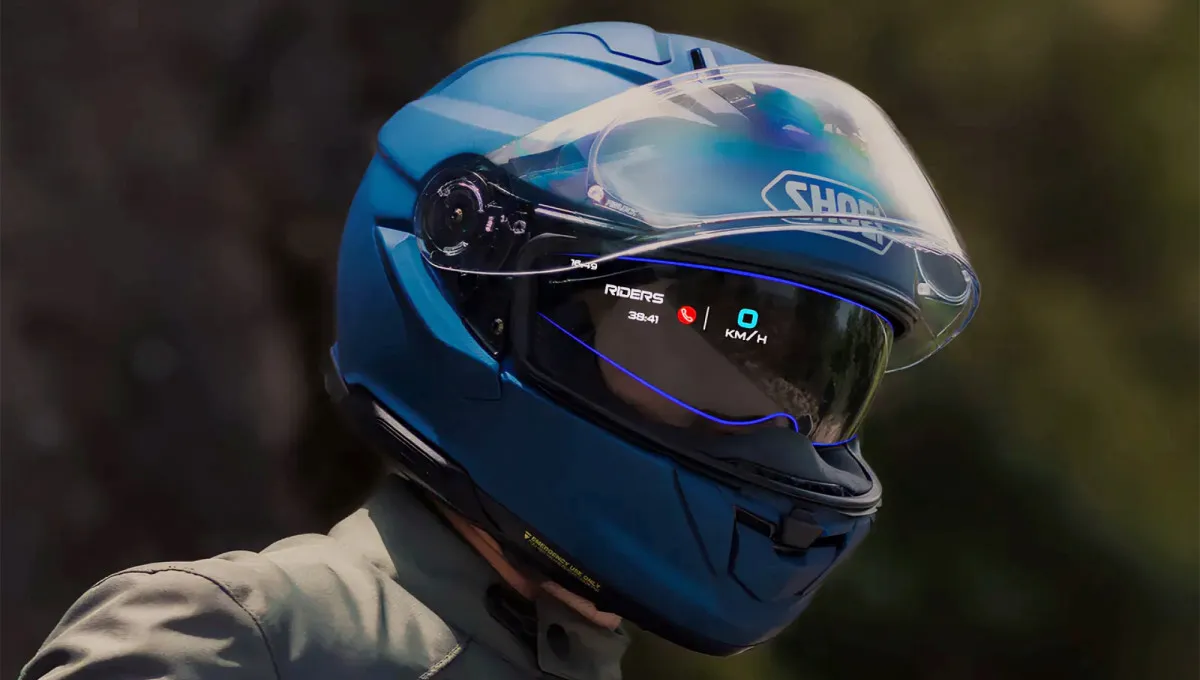
Shoei Unveils “Smart” Helmet with Augmented Reality
The GT-Air 3 Smart features a built-in AR display, enhanced connectivity, and long-lasting battery life.
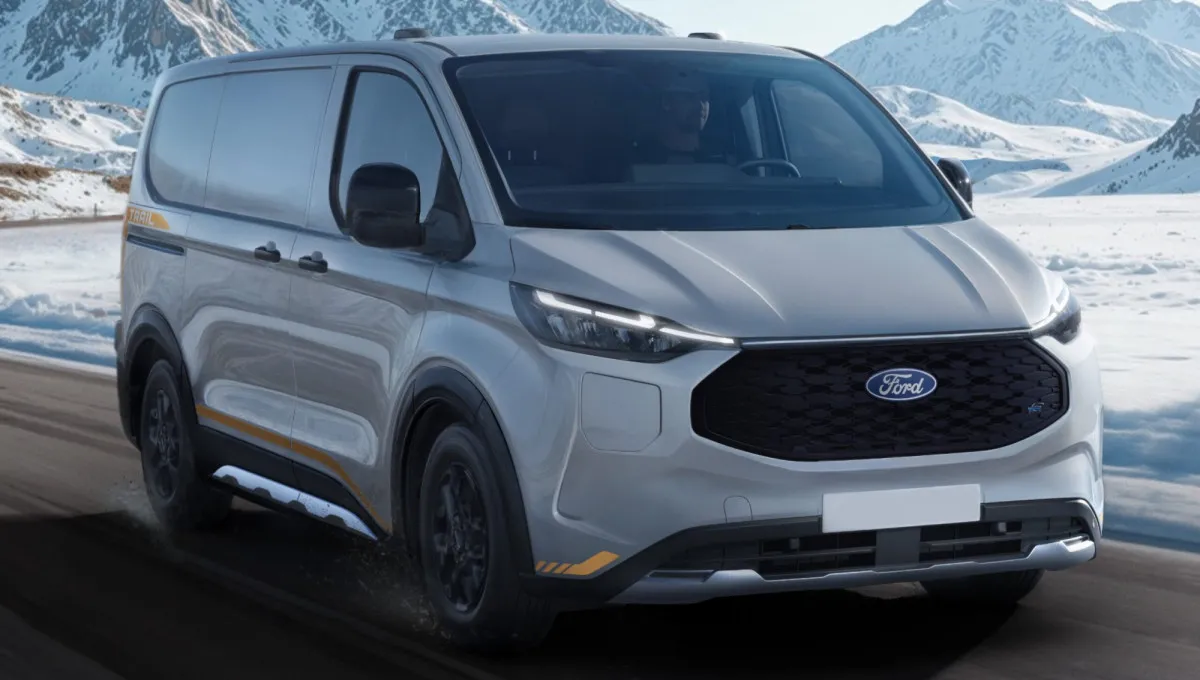
Ford E-Transit Custom and E-Tourneo Custom Get Bigger Battery and All-Wheel Drive
The vans and minibuses now feature an upgraded high-capacity battery, faster charging, and a dual-motor all-wheel-drive system.
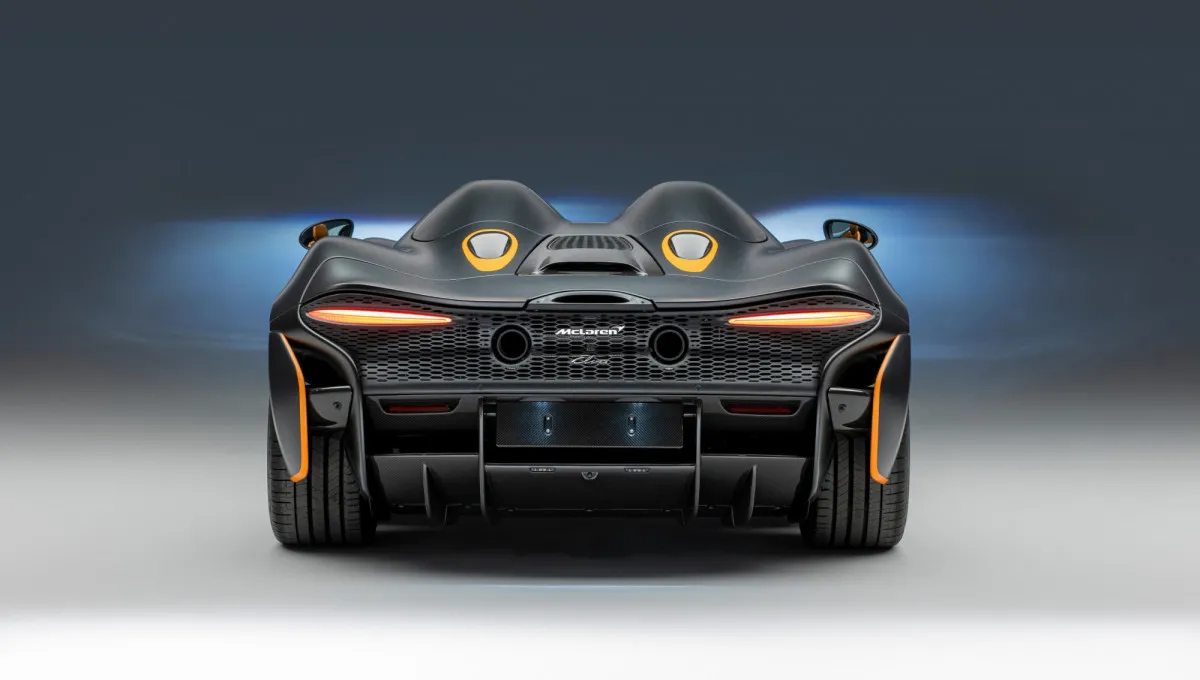
McLaren May Rein In Its Supercars: Speed Limits Could Soon Depend on Location
McLaren supercars will activate Track Mode automatically — but only on the racetrack.

CATL and Stellantis Break Ground on What Will Be Europe’s Largest EV Battery Plant
The facility will run entirely on renewable energy.